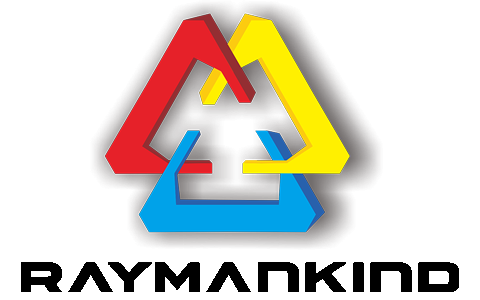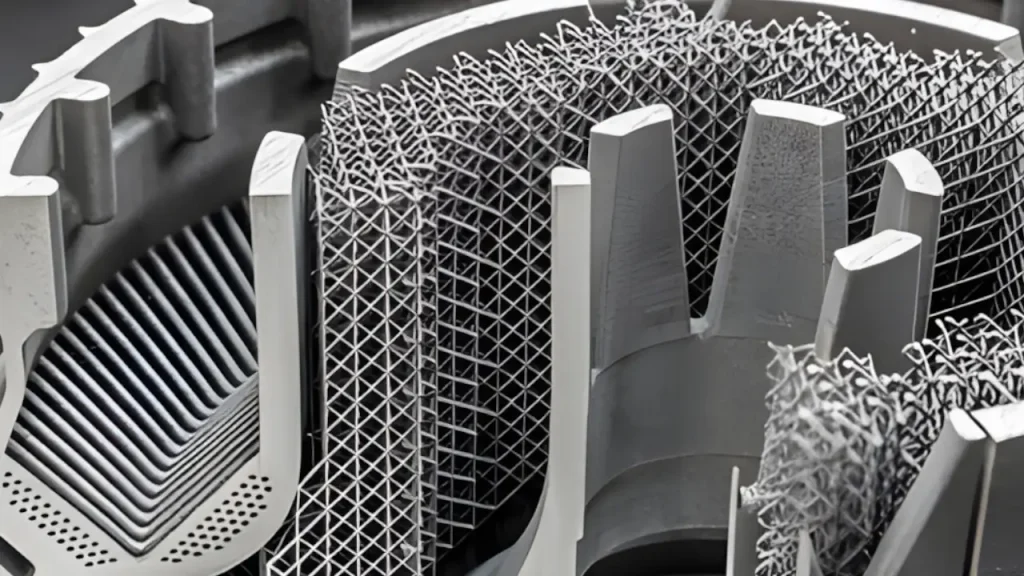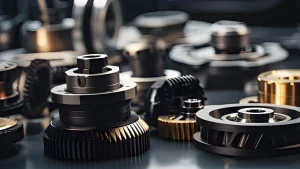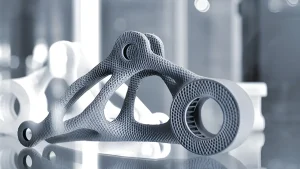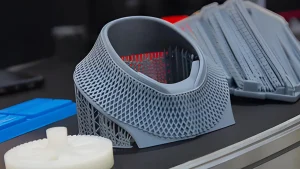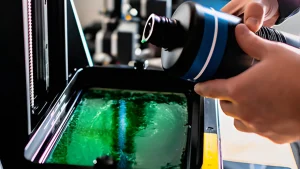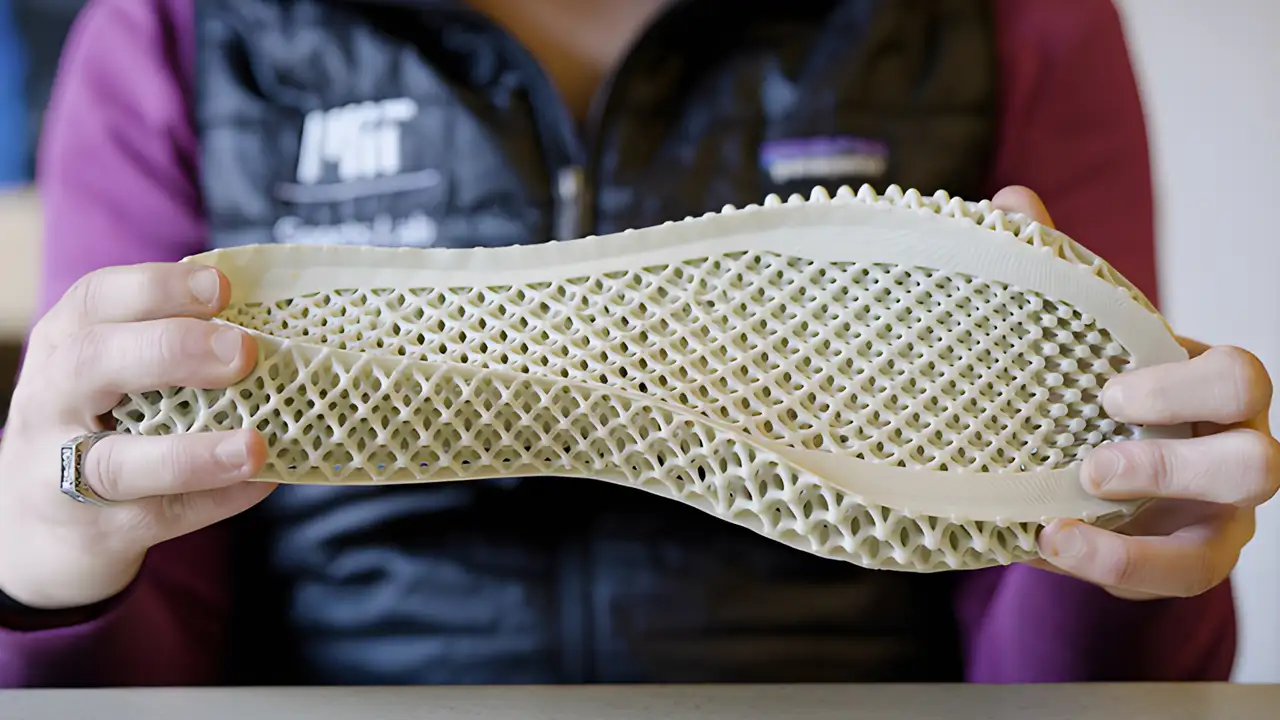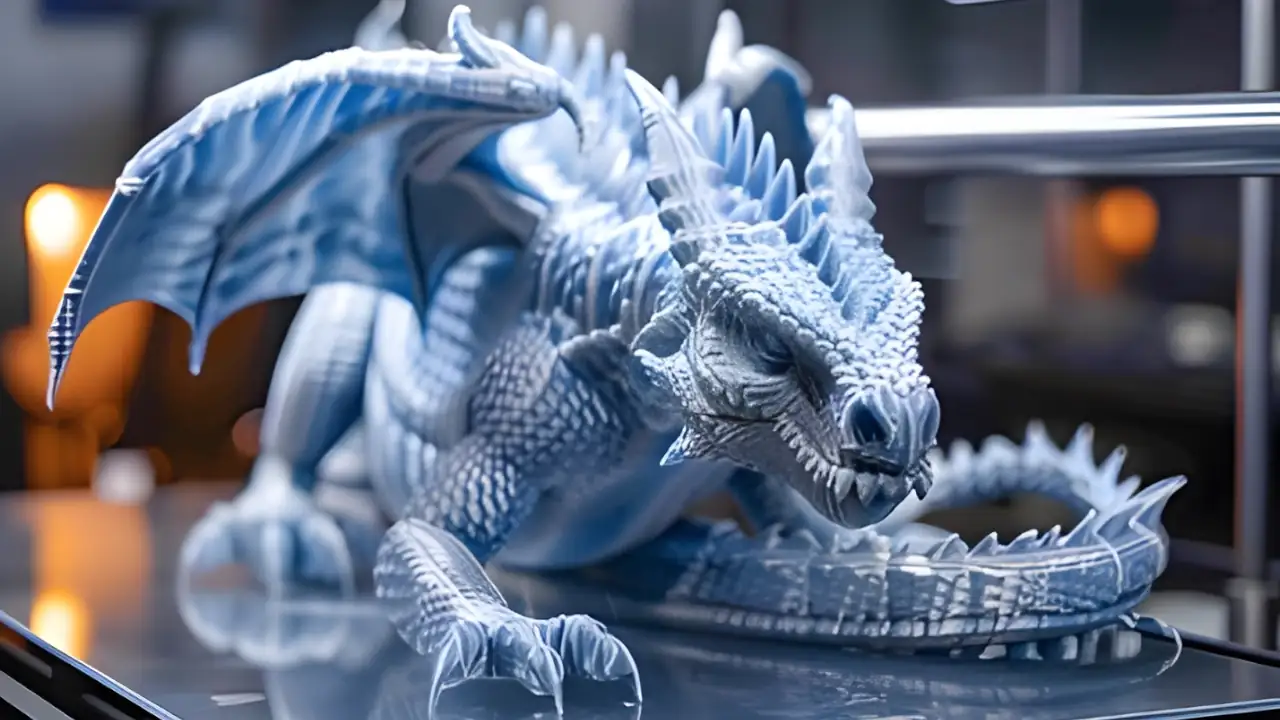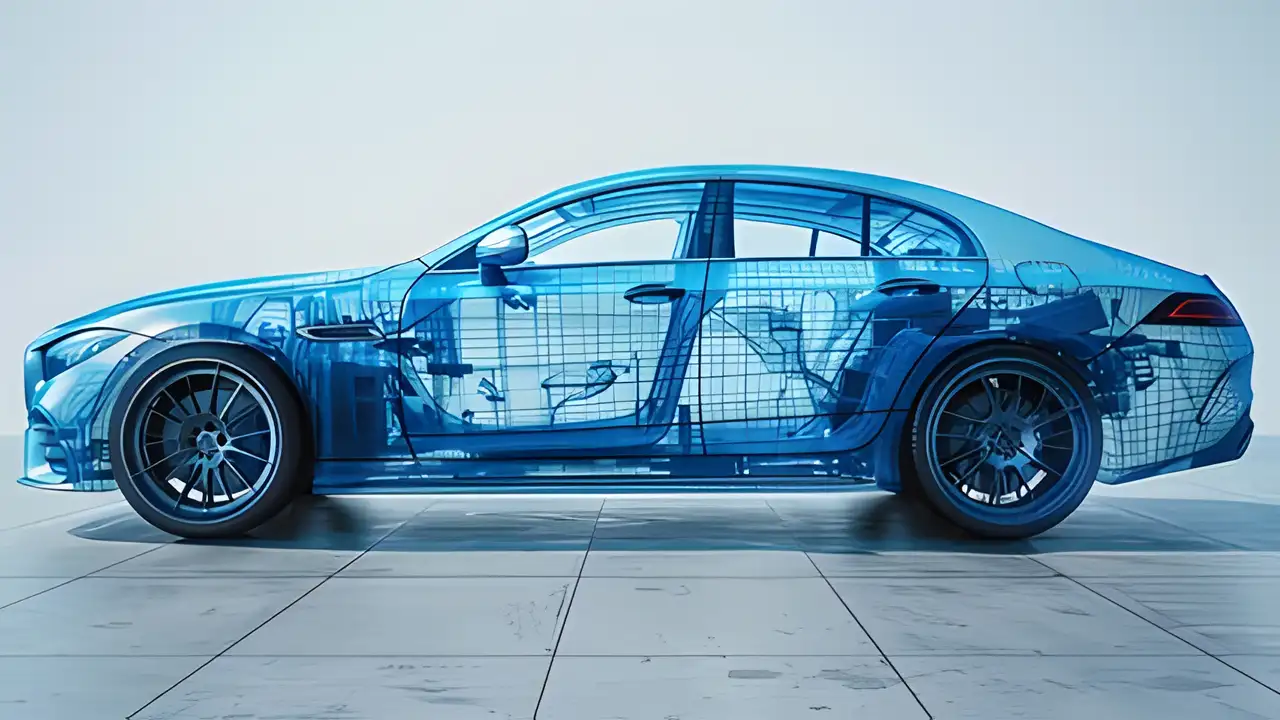Metal 3D printing?is pushing the boundaries of innovation in industries like aerospace and automotive. As manufacturers adopt this cutting-edge technology, they benefit from enhanced production speeds, new material options, and reduced waste.??
Cutting-Edge Developments in Aerospace and Automotive
Metal 3D printing has opened new doors for the aerospace and automotive sectors. Lightweight, strong components made from advanced metal alloys are now possible, helping to reduce fuel consumption and improve performance. With the ability to create complex geometries that were once impossible with traditional methods, 3D printing allows for designs that are not only stronger but also more efficient.?
New Metal Alloys for 3D Printing?
One of the key advancements in metal 3D printing is the development of new alloys specifically engineered for the technology. High-performance metals like titanium and aluminum are now more accessible, enabling manufacturers to create components that can withstand extreme conditions, such as high temperatures and stress.?
Increased Production Speed & Reduced Waste?
3D printing has dramatically increased production speed, allowing companies to bring prototypes and products to market faster than ever. Metal 3D printing also supports sustainable production by minimizing material waste compared to traditional subtractive manufacturing methods.?
Limitations in Surface Finish & Precision?
Despite these advancements, metal 3D printing still has limitations, particularly in achieving precision and surface finish. Complex post-processing, such as machining and polishing, is often required to meet the high standards necessary in industries like aerospace and automotive.?
Thermal Distortion & Warping?
Metal 3D printing faces challenges like thermal distortion and warping, which can impact the final product’s integrity. Controlling these variables during the printing process remains a hurdle, particularly when printing large parts.?
Certification & Standardization Challenges?
In highly regulated industries like aerospace, certification and standardization present significant challenges. Ensuring that 3D printed metal parts meet strict safety and performance criteria requires continuous advancements in quality control and process standardization.?
In conclusion, while metal 3D printing has revolutionized industries such as aerospace and automotive by offering lightweight and strong components, faster production speeds, and reduced waste, it is not without its challenges. The introduction of new metal alloys has opened up possibilities for more resilient products, but the technology still faces obstacles such as certain precision limitations or imperfections in surface finish. However, as the technology continues to evolve and overcome these barriers, metal 3D printing has the potential to further reshape manufacturing, driving innovation and efficiency on a global scale. Balancing innovation with addressing these existing limitations will be key to unlocking its full potential.
Contact Raymankind today and bring your visionary ideas to life!?
